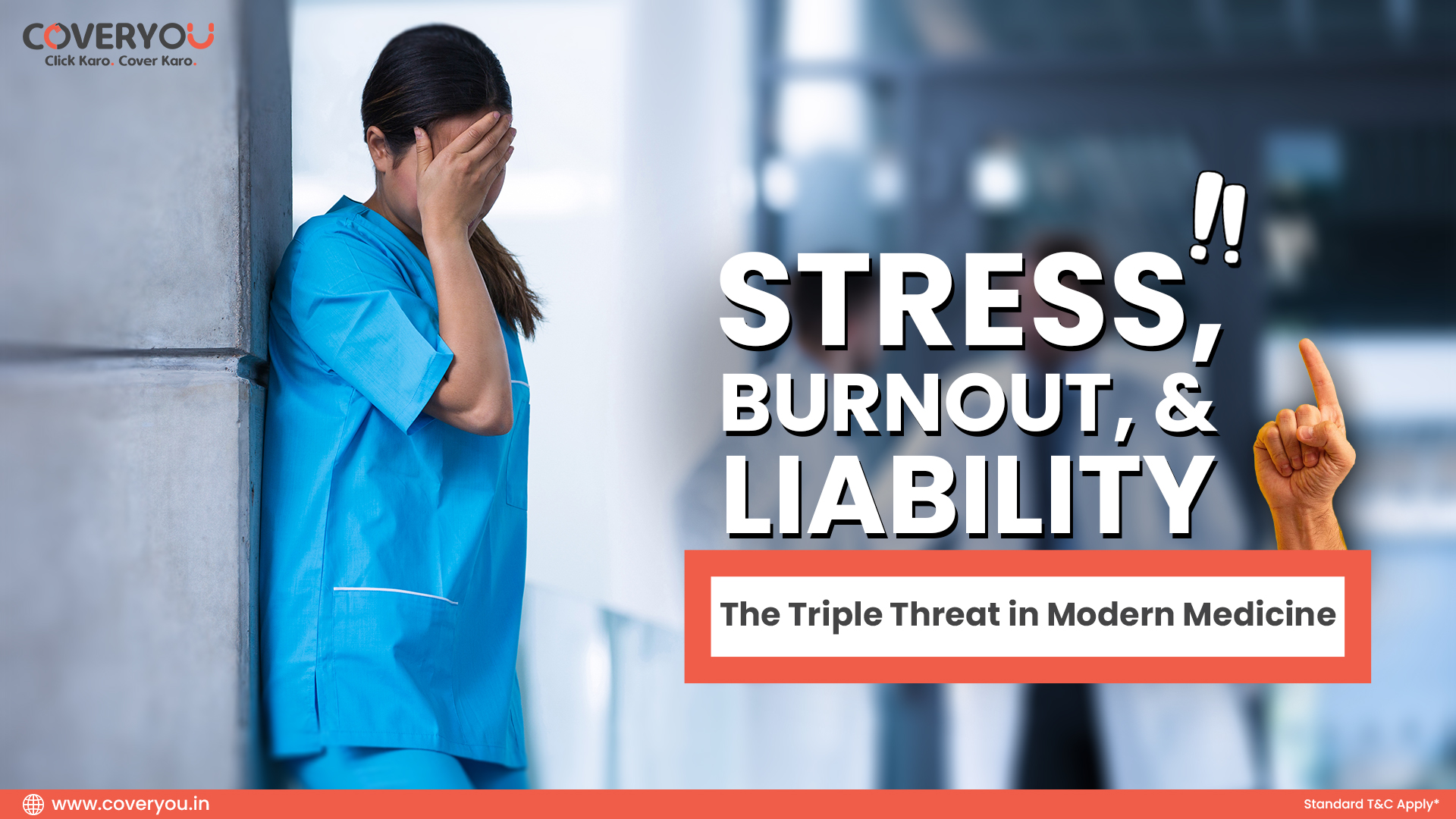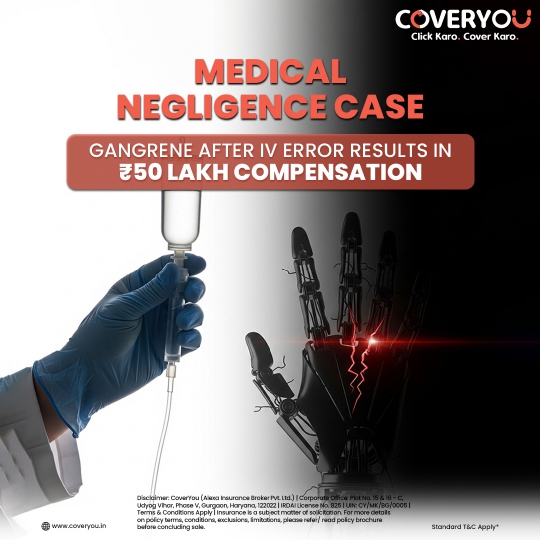Introduction
The medical profession, once revered for its nobility and purpose, has become increasingly challenging in today’s fast-paced world. Doctors face an overwhelming combination of stress, burnout, and legal liability, creating a high-risk environment that impacts their well-being and effectiveness. This critical analysis examines how these three factors intertwine, their consequences, and strategies to mitigate their impact.
The Escalating Stress in Medical Practice
Stress has always been a part of medicine, but in recent years, it has reached unprecedented levels. Doctors deal with long working hours, administrative burdens, and the constant pressure to make life-altering decisions. The demand for precision, coupled with the fear of making mistakes, creates an environment of relentless stress. Chronic stress not only affects professional performance but also leads to serious physical and mental health issues, increasing the risk of errors that could compromise patient care.
Burnout: The Silent Epidemic
Burnout is a direct consequence of sustained stress and is now considered a public health crisis among healthcare professionals. Characterized by emotional exhaustion, depersonalization, and a diminished sense of accomplishment, burnout is a severe problem affecting a growing number of doctors. It results in reduced empathy towards patients, increased medical errors, and a decline in job satisfaction. The consequences extend beyond individuals to entire healthcare systems, as burned-out physicians are more likely to leave the profession, exacerbating workforce shortages and increasing healthcare costs.
Rising Legal Liability and Its Impact
With the increasing prevalence of malpractice claims and legal scrutiny, liability has become a significant stressor for doctors. Even the most competent physicians are at risk of legal action due to misinterpretations, procedural complications, or patient dissatisfaction. The fear of litigation leads to defensive medicine, where doctors order unnecessary tests and procedures to minimize liability risk. This not only inflates healthcare costs but also undermines trust between physicians and patients, altering the doctor-patient relationship.
The Interconnection of Stress, Burnout, and Liability
These three challenges do not exist in isolation; they are deeply interconnected. Excessive stress leads to burnout, which in turn increases the likelihood of mistakes, ultimately exposing doctors to greater liability. A burned-out doctor is more prone to cognitive fatigue, decision-making errors, and communication breakdowns, all of which elevate the risk of legal consequences. The cycle is self-perpetuating, creating a high-risk environment that threatens both doctor and patient well-being.
Strategies for Mitigating the Triple Threat
To combat stress, burnout, and liability, systemic and individual strategies must be implemented. Hospitals and healthcare institutions must prioritize physician well-being by implementing workload management policies, fostering supportive work environments, and providing mental health resources. On an individual level, doctors should adopt stress management techniques such as mindfulness, structured work-life balance, and seeking professional support when needed. Legal liability can be addressed through clear documentation, effective patient communication, and obtaining adequate professional indemnity insurance to safeguard against unexpected claims.
Conclusion
Stress, burnout, and liability represent a formidable triple threat to the medical profession. Addressing these issues requires a multi-faceted approach that supports doctors both professionally and personally. By recognizing the interplay of these factors and adopting proactive solutions, the healthcare industry can create a more sustainable and effective work environment for physicians, ultimately leading to better patient care and improved medical outcomes.
















